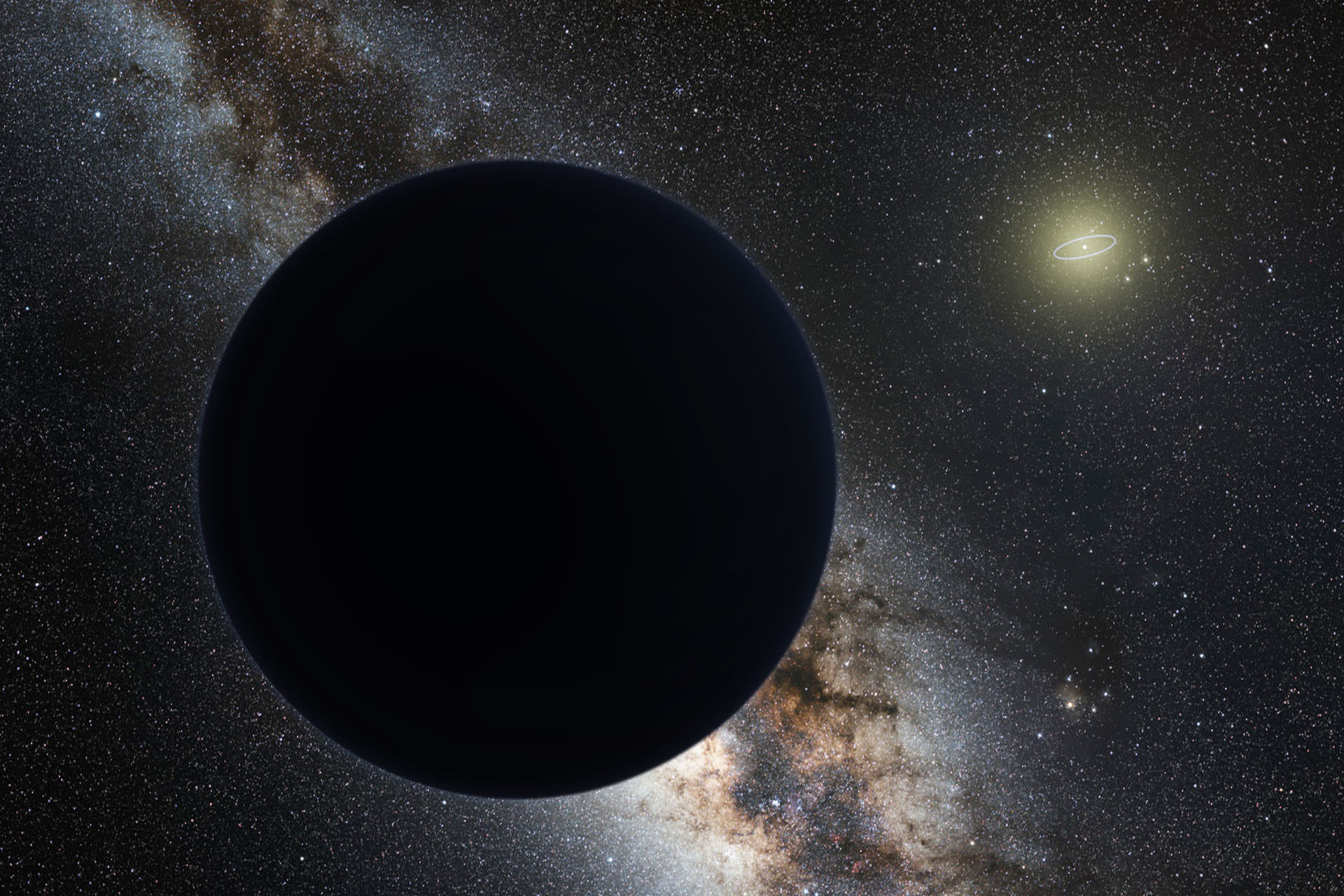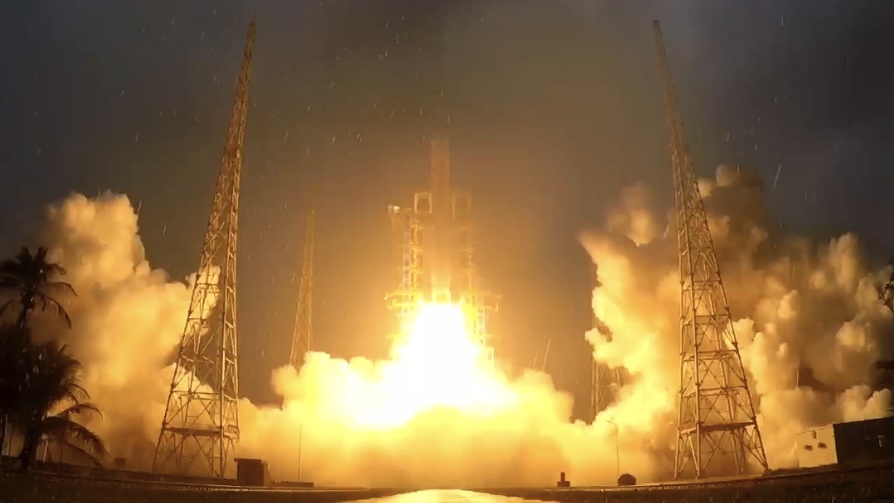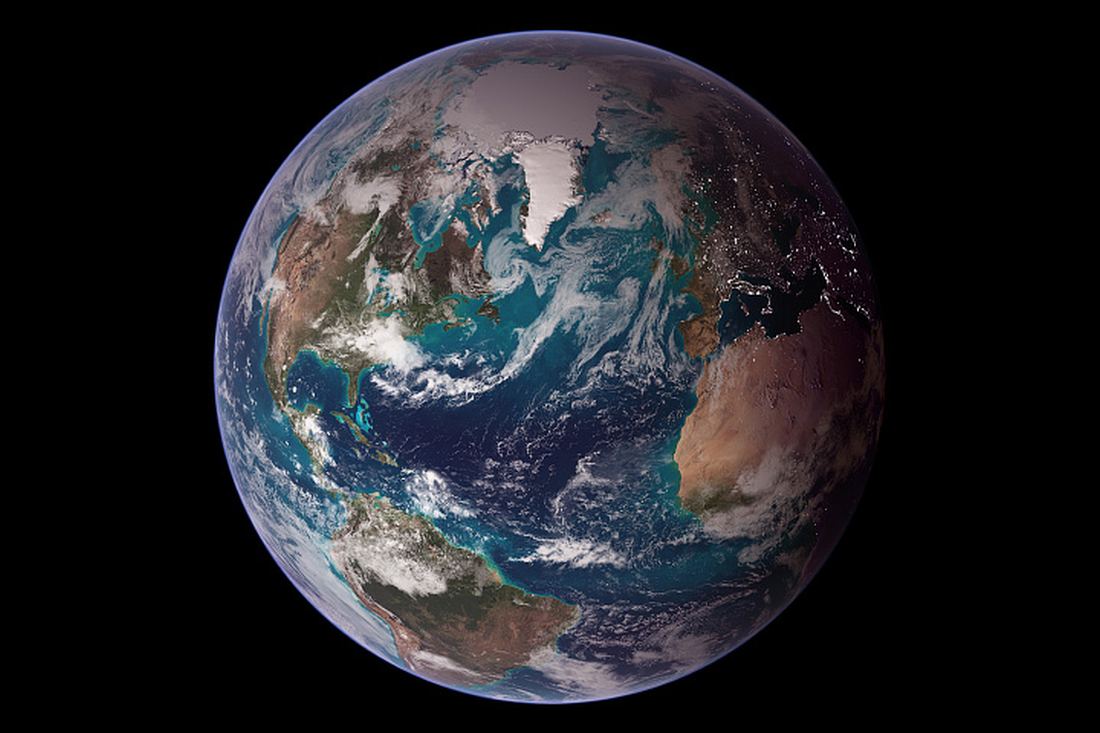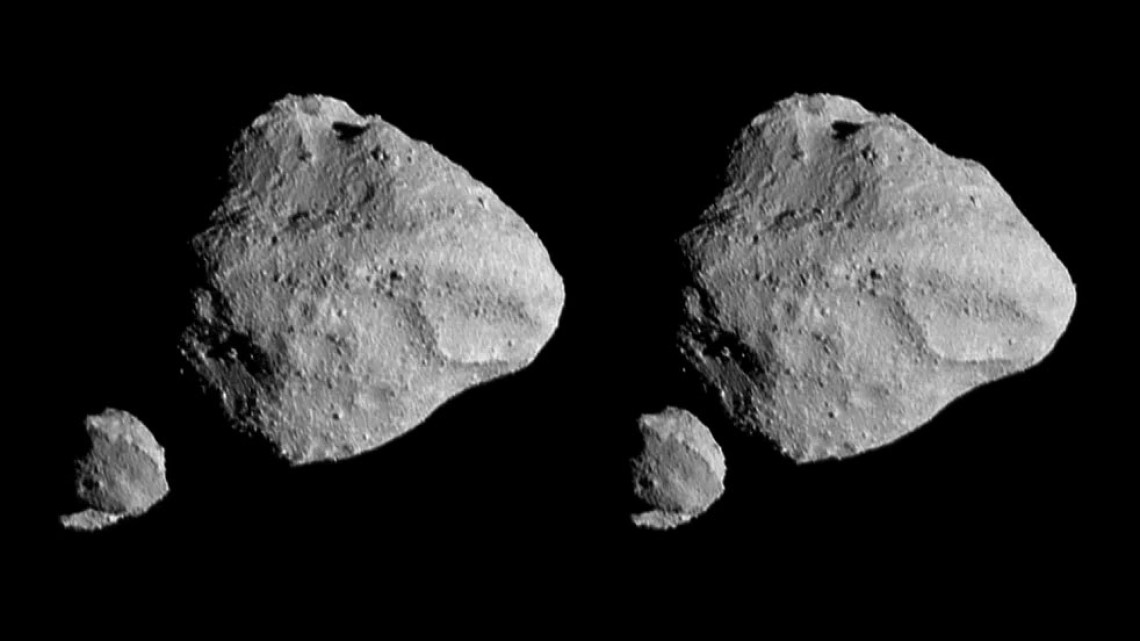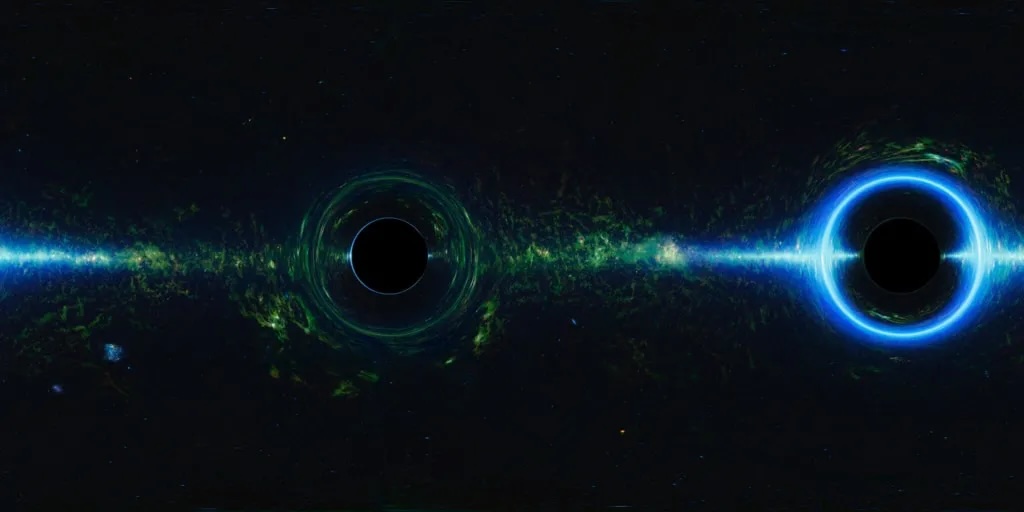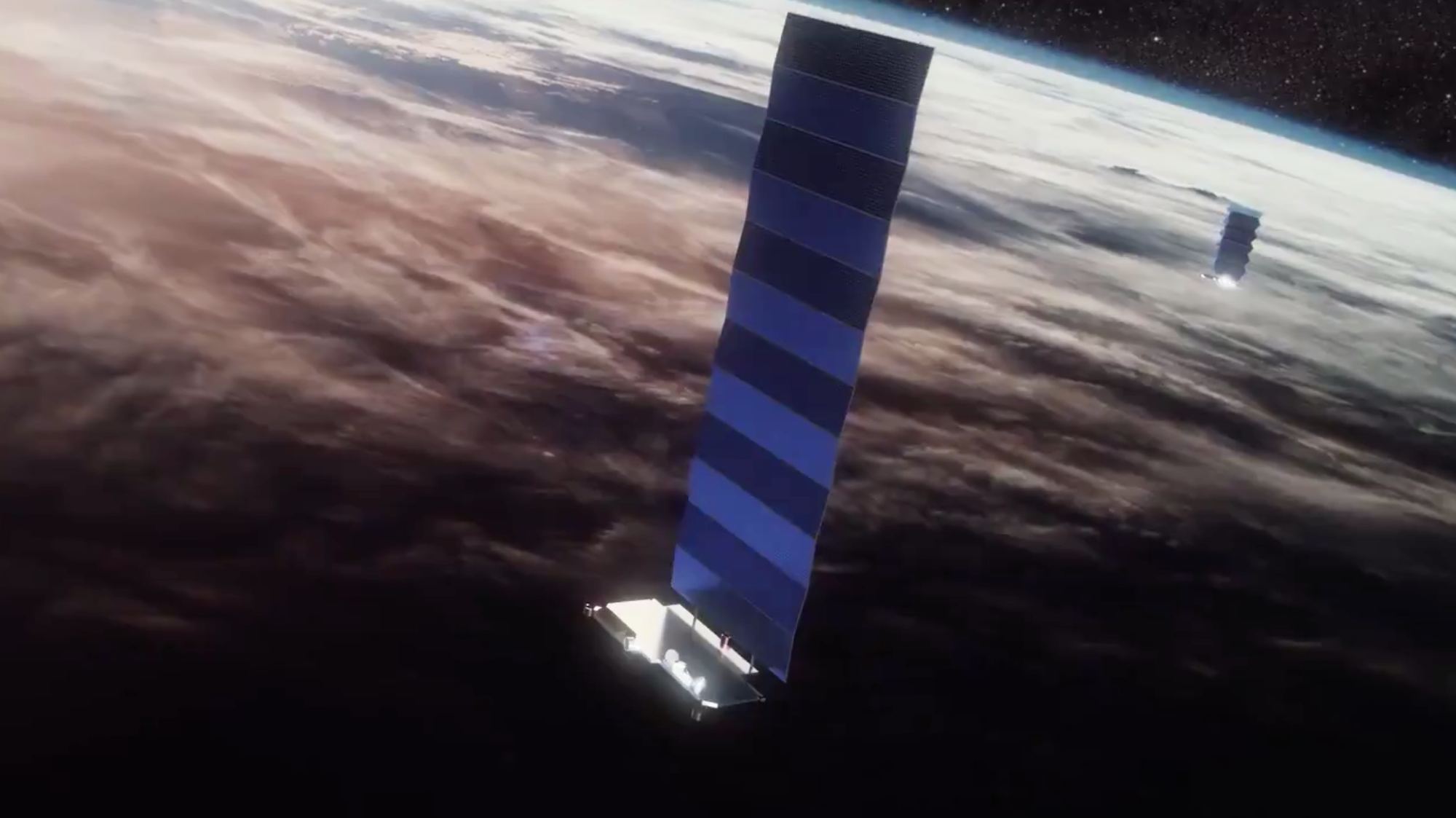The Sun is increasing its intensity on schedule, continuing its approach to solar maximum. In just over a 24-hour period on May 5 and May 6, 2024, the Sun released three X-class solar flares measuring at X1.3, X1.2, and X4.5. Solar flares can impact radio communications and electric power grids here on Earth, and they also pose a risk to spacecraft and astronauts in space.
NASA released an animation that shows the solar flares blasting off the surface of the rotating Sun, below.
Continue reading “Solar Max is Coming. The Sun Just Released Three X-Class Flares”

